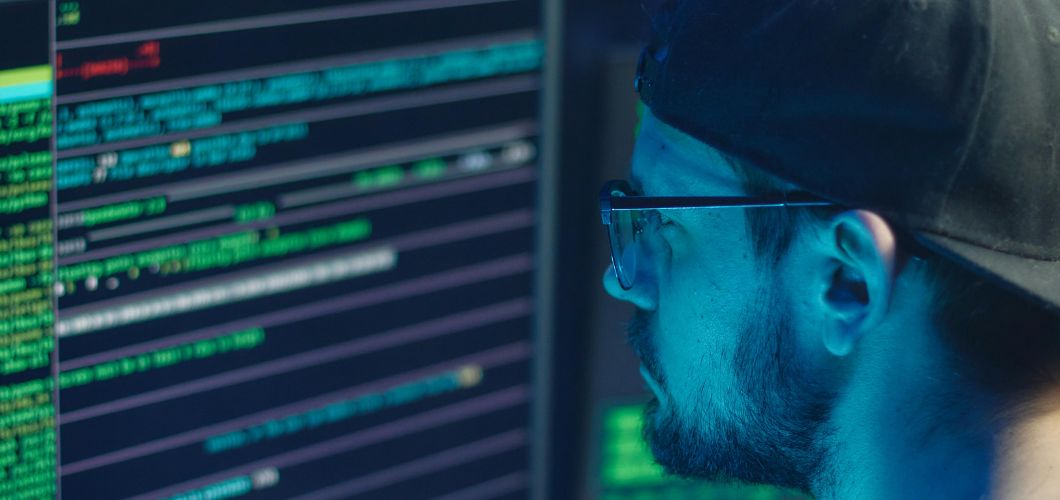Deepfake technology is sending waves across digital landscape. Using AI, it creates realistic fake videos and audio. These complex manipulations are used for fraud, misinformation campaigns and even cyber attacks. As the technology advances, defending against deepfakes becomes a priority for cybersecurity experts. Let us dive in!
The Rise of Deepfakes
Deepfakes use deep learning techniques to generate convincing fake images, videos, and audio. Recent data shows a 900% increase in deepfake videos online from 2019 to 2024. The quality has improved dramatically, making detection harder. Cybercriminals exploit deepfakes for various malicious purposes, from corporate espionage to social engineering attacks.
Cyber Threat Landscape Involving Deepfakes
Deepfakes have transformed the cyber threat landscape. They are used for impersonation attacks, identity theft, and financial scams. In a recent case, attackers used deepfaked voice recordings to impersonate a CEO. This led to a fraudulent transaction worth $243,000. Another case involved a fake video of a government official making controversial statements. This resulted in social unrest and stock market fluctuations.
Deepfake-powered phishing is also rising. Attackers use deepfake videos of trusted figures to manipulate employees or executives. This is called “vishing” (voice phishing) or “spear-phishing.”
Current Detection and Mitigation Techniques
Combatting deepfakes requires sophisticated detection and mitigation strategies. Current methods include AI-based detection tools, digital watermarking, and blockchain-based authentication.
- AI-Based Detection Tools: These tools analyze inconsistencies in facial movements, lighting, and shadows. They use machine learning to detect anomalies in videos. However, as deepfake algorithms improve, these tools need constant updates.
- Digital Watermarking: This technique embeds hidden data into media files, acting as a digital fingerprint. It helps verify the authenticity of content. However, watermarks can be tampered with, requiring additional layers of security.
- Blockchain-Based Authentication: Blockchain technology ensures data integrity. By creating an immutable ledger, it helps verify the source and history of media content. This technique is robust but has scalability and implementation challenges.
Advanced Approaches to Combat Deepfakes
Advanced methods are being developed to counter deepfakes more effectively. These approaches focus on real-time detection, multi-factor authentication, and behavioral analysis.
- Real-Time Deepfake Detection: Real-time AI models can analyze video streams and flag potential deepfakes instantly. Companies like Microsoft and Adobe are developing tools to detect deepfakes in real-time. This approach can help in social media and news outlets to filter fake content before it spreads.
- Multi-Factor Authentication (MFA) with Biometrics: Traditional authentication methods are increasingly vulnerable to deepfake attacks. MFA using biometrics like facial recognition and voiceprints adds an extra security layer. Biometric data can be cross-referenced with existing records, making deepfake impersonations harder.
- Behavioral Analysis and Contextual AI: This approach uses AI to analyze behavioral patterns and context to detect anomalies. For example, if a deepfake video shows a CEO making unusual statements, the system can cross-check this behavior against historical data. This technique helps identify deepfakes that bypass visual and audio checks.
The Role of Regulations and Industry Collaboration
Regulations and industry collaboration are critical in combating deepfakes. Governments worldwide are enacting laws against deepfake creation and distribution. The U.S. introduced the DEEPFAKES Accountability Act, mandating digital watermarks on AI-generated content. The EU has similar regulations under the Digital Services Act.
Collaboration between tech companies, governments, and academia is essential. Joint initiatives like the Deepfake Detection Challenge by Facebook and Microsoft promote the development of better detection tools. Sharing threat intelligence and datasets can accelerate innovation in deepfake defense technologies.
The Future of Deepfake Technology and Cyber Defense
As deepfakes evolve, so must cyber defense strategies. AI and machine learning advancements will fuel both deepfake creation and detection capabilities. The future will see a race between deepfake developers and cybersecurity experts.
We can expect more AI-powered tools for deepfake detection integrated with security systems. New techniques like Federated Learning will allow data sharing without compromising privacy, enhancing detection models. Additionally, leveraging quantum computing may offer breakthroughs in deepfake detection speed and accuracy.
The Importance of Awareness and Education
While technology is crucial, awareness and education are equally important. Organizations must train employees to recognize potential deepfake scams. Regular updates on emerging threats and internal policies can reduce susceptibility to deepfake-based attacks.
Public awareness campaigns can also help in identifying and reporting deepfake content. Social media platforms and news agencies must educate users about identifying fake content. Collaborative efforts can make it harder for deepfake content to gain traction.
Conclusion
Deepfakes are a growing threat in the cybersecurity landscape. Their potential to disrupt businesses, manipulate markets, and influence public opinion is vast. Combating deepfake technology requires a multi-layered approach combining advanced AI, industry collaboration, regulations, and public awareness.
As deepfake technology continues to advance, staying ahead requires constant vigilance, innovation, and proactive defense strategies. The fight against deepfakes is the next frontier in cybersecurity, and the stakes have never been higher.
Also read: Phishing Attacks Targeting Hospitals and Patients



